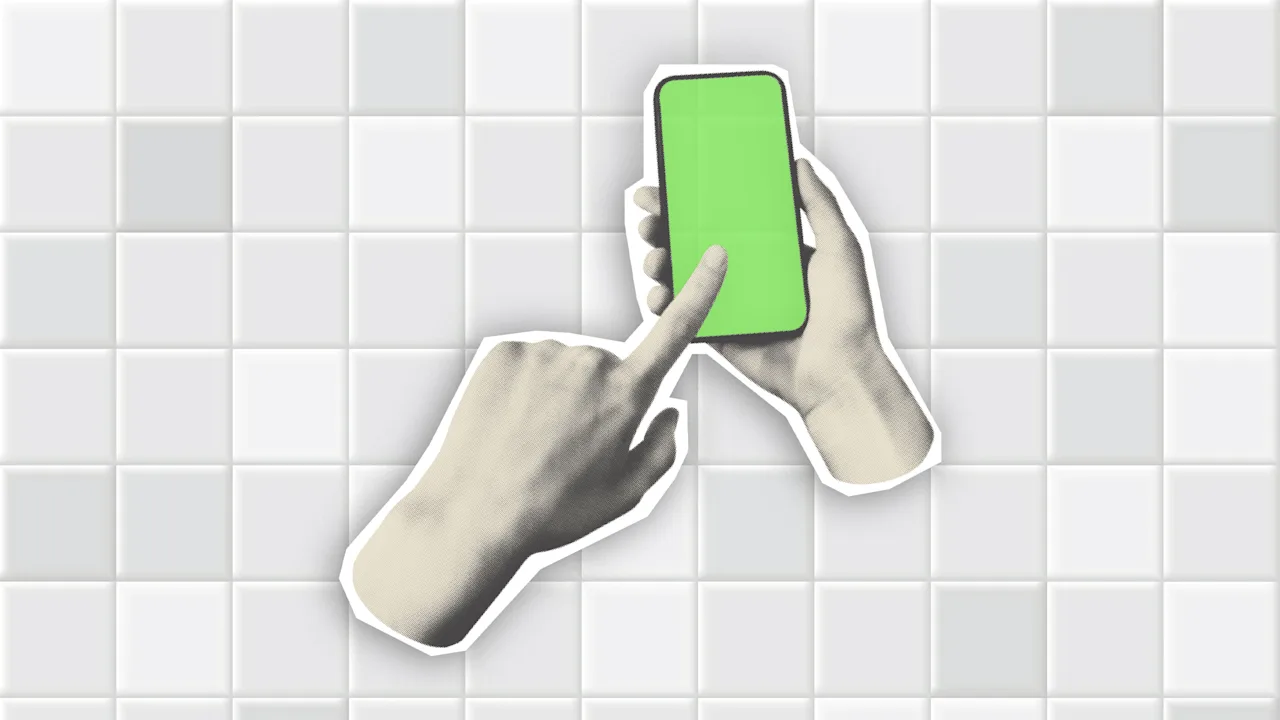www.home-designing.com
As summer winds down and the crisp whisper of autumn draws near, many of us feel the itch to change up our interiors. But transitioning between seasons doesnt mean going full pumpkin-patch-mode on September 1st. Theres a beautiful in-between , a balance between light and cozy, bright and muted. Thats where transitional fall decor comes in. If you love early fall decorating but dread overwhelming your space with too much orange or too many leaves, here are 17 thoughtful, stylish ways to gently usher in the new season , without overdoing it.1.Lean Into Texture, Not Just ColorImage Source: MarthastewartInstead of diving headfirst into traditional fall hues, start by playing with texture. Adding tactile elements like nubby cotton, linen blends, or soft boucl throws can instantly warm up a space without changing the color palette drastically. Think of it as layering your home the way youd layer your clothes for early fall. A woven basket here, a knitted pillow there , its about subtle shifts that feel cozy without screaming autumn. Textures like velvet and wool give off warmth visually and physically, making your space feel ready for those first cool evenings while still holding onto summers lightness.2. Trade Summer Bedding for Lush LayersImage Source: MarthastewartThat breezy white quilt or tropical duvet you loved all summer? Its time for a soft, seasonal swap. Try deeper-toned linens, a muted flannel sheet set, or even a light quilt in colors like taupe, olive, or burnt amber. The goal isnt heavy bedding , its layering smarter for fluctuating temps. Add a folded throw at the foot of the bed and a textured lumbar pillow to visually signal the change in season. This small change can make your entire bedroom feel different and instantly more restful. Plus, its one of the easiest ways to transition without clutter or effort.3. Create a Table That Feels Harvest-InspiredImage Source: MarthastewartYou dont need a cornucopia centerpiece to make your dining table feel fall-ready. Try mixing natural materials like linen runners, wooden chargers, and handmade ceramics. Accent with a few branches or dried florals in a low vase. Soft tones like dusty rose, clay, or sage green keep things fresh but seasonal. If youre hosting guests or just want to enjoy cozier meals at home, this easy update sets the tone. Transitional fall decor doesnt need to be loud , just thoughtful. A well-styled table is the perfect nod to fall that still feels in harmony with late summer light.4. Toss on a Throw BlanketImage Source: MarthastewartYoud be amazed what a single throw blanket can do. Folded neatly over the back of your couch or draped effortlessly across a chair, a textured throw immediately adds warmth. Look for lightweight knits in soft fall tones like cinnamon, oatmeal, or olive. It should feel cozy but not suffocating , ideal for that in-between season when its chilly in the morning but warm in the afternoon. Its a tactile, simple way to layer in fall without needing to replace your whole color scheme. And bonus: its functional, too. This is early fall decorating at its easiest and most effective.5. Warm Up Your Patio or PorchImage Source: MarthastewartDont abandon your outdoor space just yet. Transition your porch or balcony by swapping out bright summer cushions for ones in deeper, moodier tones , think rust, charcoal, or goldenrod. Add a few lanterns or string lights for that soft glow, and maybe layer a small outdoor rug for warmth underfoot. This way, your exterior reflects the seasonal shift just like the inside of your home. It doesnt take much to make it cozy. Even a potted mum or a knit throw can make your seating area feel fresh for fall while still being functional during warmer days.6. Update Wall Art with a Subtle Seasonal ShiftImage Source: MarthastewartInstead of overhauling every piece on your wall, pick just a couple of spots to refresh. Swapping bright, summery prints for artwork with autumn tones , like soft landscapes, abstracts in burnt sienna, or vintage botanical sketches , is a low-effort, high-impact way to move into fall. You dont need to plaster leaves everywhere. Just choosing richer tones or more textural mediums (like canvas instead of glossy prints) sets the mood. Wall art is often overlooked when it comes to seasonal decorating, but it can really shift the energy of a space in an understated way.7. Add a Touch of Wood and Woven WarmthImage Source: MarthastewartMaterials matter. Incorporating wooden accents , whether its a new bowl on your table or a reclaimed wood mirror , naturally brings autumnal warmth. Similarly, woven textures like rattan, cane, or seagrass baskets offer cozy structure and visual interest. These materials echo nature without being theme-y, and they work beautifully in neutral or modern spaces. A woven tray for your coffee table or a wooden pedestal in the kitchen can quietly say fall without announcing it. These earthy elements are perfect examples of transitional fall decor , they ground the space while still feeling light and livable.8. Experiment with Unexpected Fall ColorsImage Source: MarthastewartWho says fall has to be orange and brown? For a modern twist, try accents in muted mauve, forest green, ochre, or even deep navy. These colors feel grounded and seasonal but a little unexpected. You can test them out with small touches , like napkins, candles, pillow covers, or vases. Its a fun way to dip into autumn home decor without going the traditional route. These hues still evoke that cozy, earthy vibe we crave in the fall but with a little more personality. Youll keep things fresh and transitional , not stereotypical or overdone.9. Bring Nature IndoorsImage Source: House BeautifulThe simplest way to transition into fall? Take a walk. Bring home foraged branches, pinecones, or acorns and display them in vases, bowls, or trays. Mix in dried florals or seed pods for longevity. This is seasonal styling at its most authentic , subtle, budget-friendly, and calming. These natural elements introduce organic texture and tell a story about the season. Best of all, it doesnt clutter your space. Whether its a bare branch in a ceramic vase or a bowl of nuts on the kitchen table, its about celebrating change in its most natural form.10. Add Character with Antique Autumn TouchesImage Source: StacylingVintage and thrifted pieces add soul to any room, and fall is the perfect time to lean into their charm. Look for aged wood trays, brass candleholders, old books with warm spines, or weathered ceramic pitchers. These items tell a story and feel timeless , perfect for easing into the nostalgic vibe of autumn. Arrange them in vignettes with dried florals or place a couple on open shelving. Vintage decor doesnt shout fall, but it hints at it beautifully. Plus, its sustainable, personal, and blends effortlessly with both modern and traditional aesthetics.11. Warm Up the Kitchen with Copper AccentsImage Source: VogueIf your kitchen still feels like summer, a few well-placed copper pieces can shift the whole mood. A hammered copper pot, vintage measuring spoons, or a tea kettle displayed on the stove brings warmth and a cozy, cook-ready vibe. Copper pairs beautifully with white tile, wood countertops, and just about any color scheme. Its functional, stylish, and doesnt take up much space. Whether youre an avid home chef or not, this material makes the room feel more seasonal without screaming fall. Bonus: it ages beautifully over time and photographs like a dream.12. Let There Be (Warm) LightImage Source: PinterestOne of the easiest ways to nudge your home into fall is by adjusting the lighting. Think table lamps with warm bulbs, fairy lights strung over a mirror, or even switching out cooler white light bulbs for softer, amber-toned ones. The result is an instant cozy glow that feels like early evening on an autumn day , even when its still warm outside. A little mood lighting goes a long way in creating that transitional fall atmosphere. Instead of adding new decor, youre enhancing the energy. Bonus: these changes look magical at night and are perfect for setting a relaxed vibe.13. Bring in the Grounded Beauty of Earthy HuesYou dont need to completely repaint your walls or toss out summers bright to embrace autumn , just work in some grounded, earthy tones. Think clay, olive, rust, taupe, and ochre. These colors mimic the shifting leaves and golden-hour light but feel natural and unforced. Try incorporating them through pillow covers, vases, dishware, or linens. Even a clay-colored candle or terracotta pot makes a difference. Earthy tones are ideal for transitional fall decor because they pair beautifully with summer neutrals and slowly tip your home toward fall without overcommitting.14. Burn Fall Scented CandlesImage Source: PinterestVisual and aromatic, scented candles do double duty. Choose jars in amber glass, matte white ceramic, or minimalist metal tones for a moody, elegant presentation. Fragrances like sandalwood, tobacco, fig, or smoked vanilla work well for early fall decorating. Group candles in threes, or place one beside a vase on your shelf. These are easy to capture in photos and add ambiance without requiring a complete decor overhaul. Dont forget to match the scent to the vibe you want to evoke,cozy cabin, warm bakery, or earthy retreat.15. Ground Your Home with Layered RugsImage Source: PinterestIf your space feels a little too summery, try layering rugs to introduce warmth and depth. Start with a neutral jute or flatweave base, then top it with a smaller patterned or textured rug in muted autumn tones like burgundy, navy, or rust. The layered look not only adds comfort underfoot but also creates a styled, cozy effect that instantly signals fall. Its a decorators trick that works especially well in living rooms and bedrooms. The best part? Its reversible , when spring returns, just remove the top rug and keep your airy foundation intact.16. Warm Things Up with Leather and SuedeImage Source: PinterestLeather and suede are perfect for bridging seasons, theyre rich in texture but not as heavy as wool or fur. Think small accents: a leather ottoman, suede throw pillows, or even a few leather-bound books styled on a coffee table. Their earthy tones bring depth and coziness while blending beautifully with late summer neutrals. A cognac leather pouf or soft suede pillow whispers fall without demanding attention. These accents work in any design style, modern, farmhouse, or eclectic, making them a versatile part of autumn home decor. Theyre durable, timeless, and add instant sophistication to your space.17. Keep It MinimalImage Source: Better Homes & GardensWhen it comes to transitional fall decor, less is more. Instead of filling every surface with pumpkins and leaves, choose just a few meaningful updates: a cozy throw, a warm-toned candle, or a simple dried arrangement. The goal is to create atmosphere, not clutter. Open space feels refreshing after summer, and minimal seasonal touches ensure your home looks curated rather than chaotic. By keeping your decorating intentional, each item feels special and impactful. Think of it as editing your space for fall rather than redecorating it completely. This approach allows your home to breathe while still embracing autumns cozy spirit.Final ThoughtsTransitioning your home from summer to fall doesnt need to be dramatic or overwhelming. By layering textures, softening your lighting, experimenting with earthy tones, and bringing in natural accents, you can ease into autumn with intention and style. Whether youre adding a leather accent, a simple dried floral arrangement, or just swapping your bedding, every small step contributes to a home that feels ready for crisp mornings and golden evenings. For more inspiration on styling your space seasonally, from transitional fall decor to timeless design ideas explore Home Designing, where thoughtful interiors meet practical beauty.













